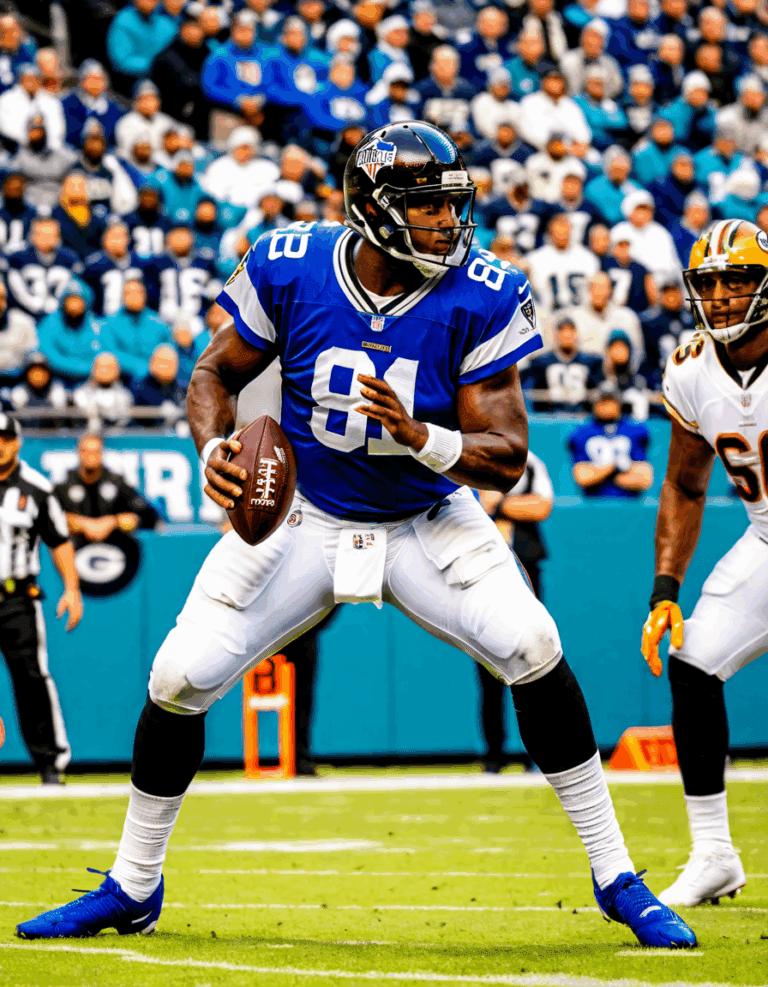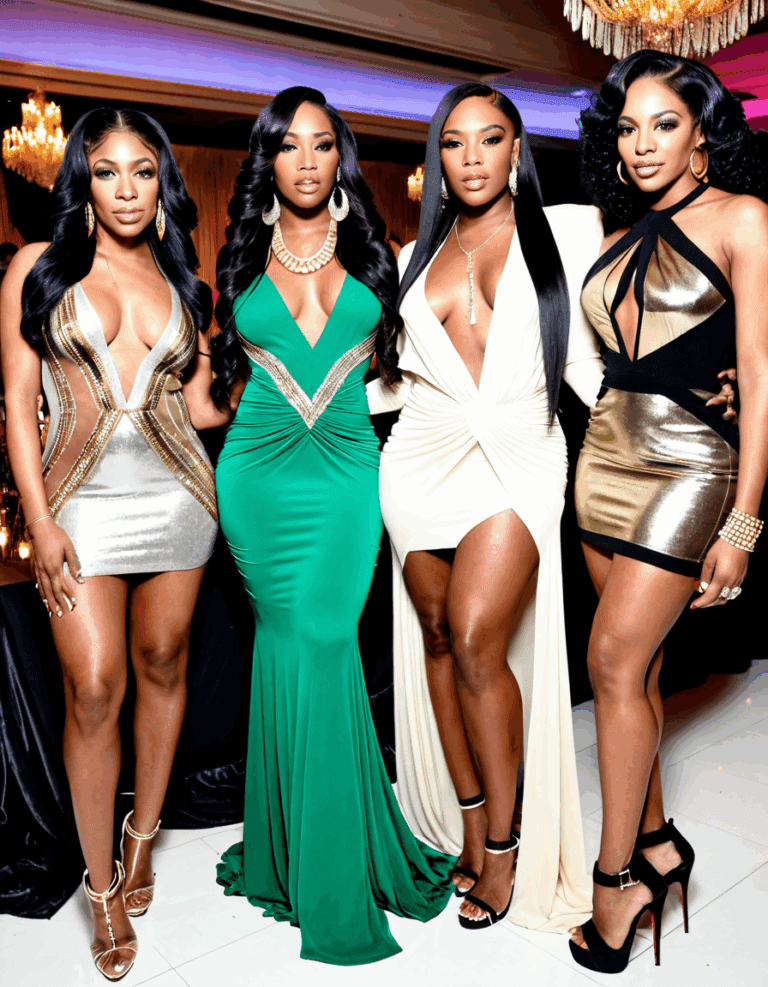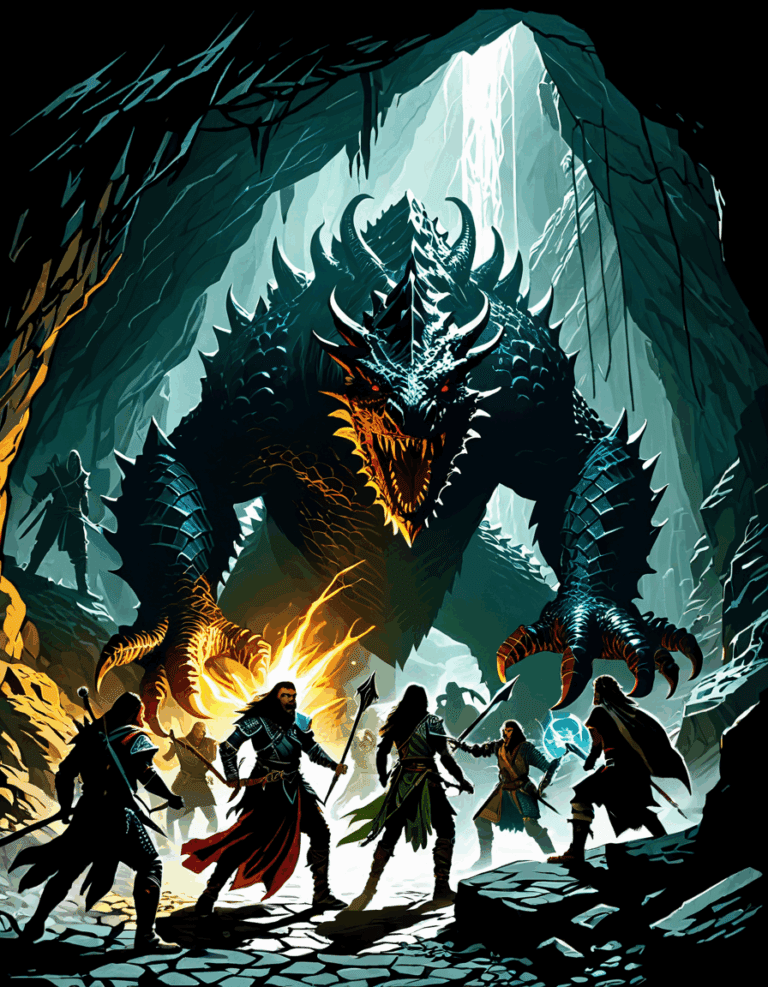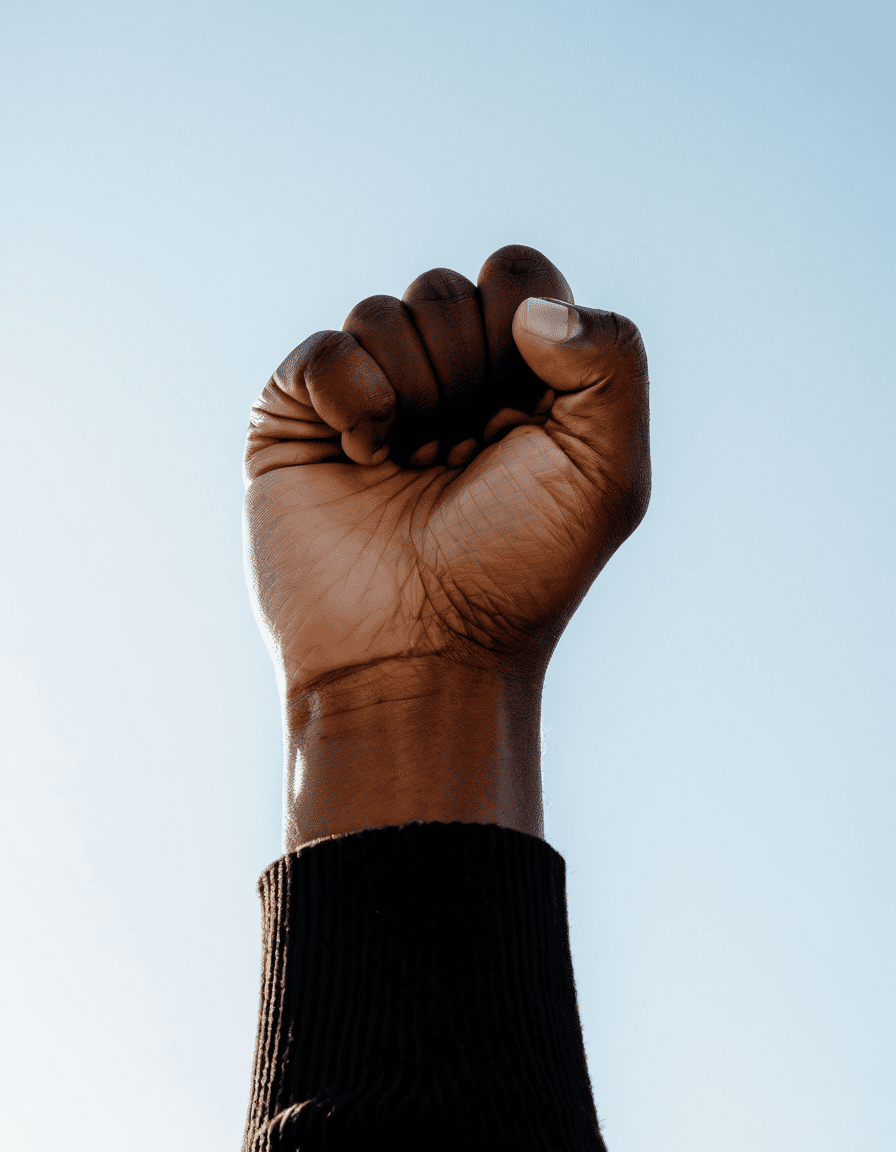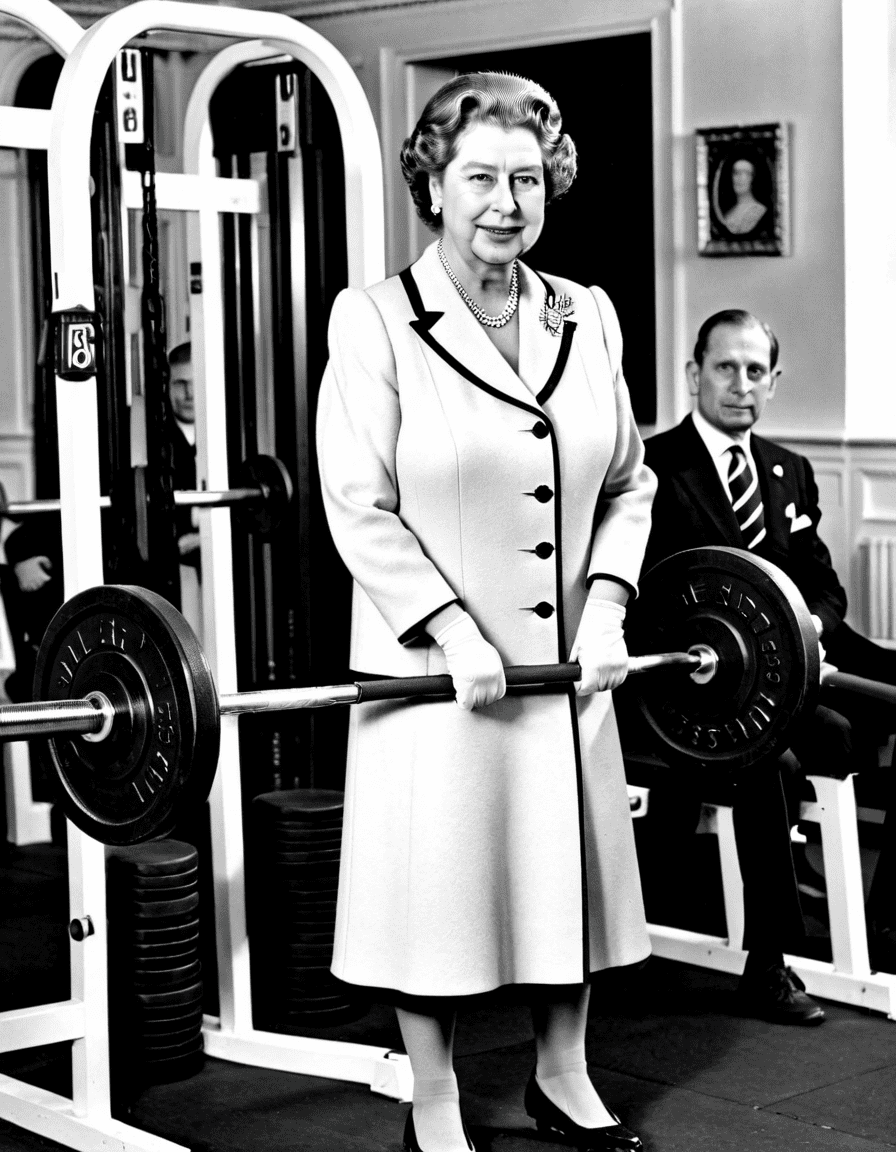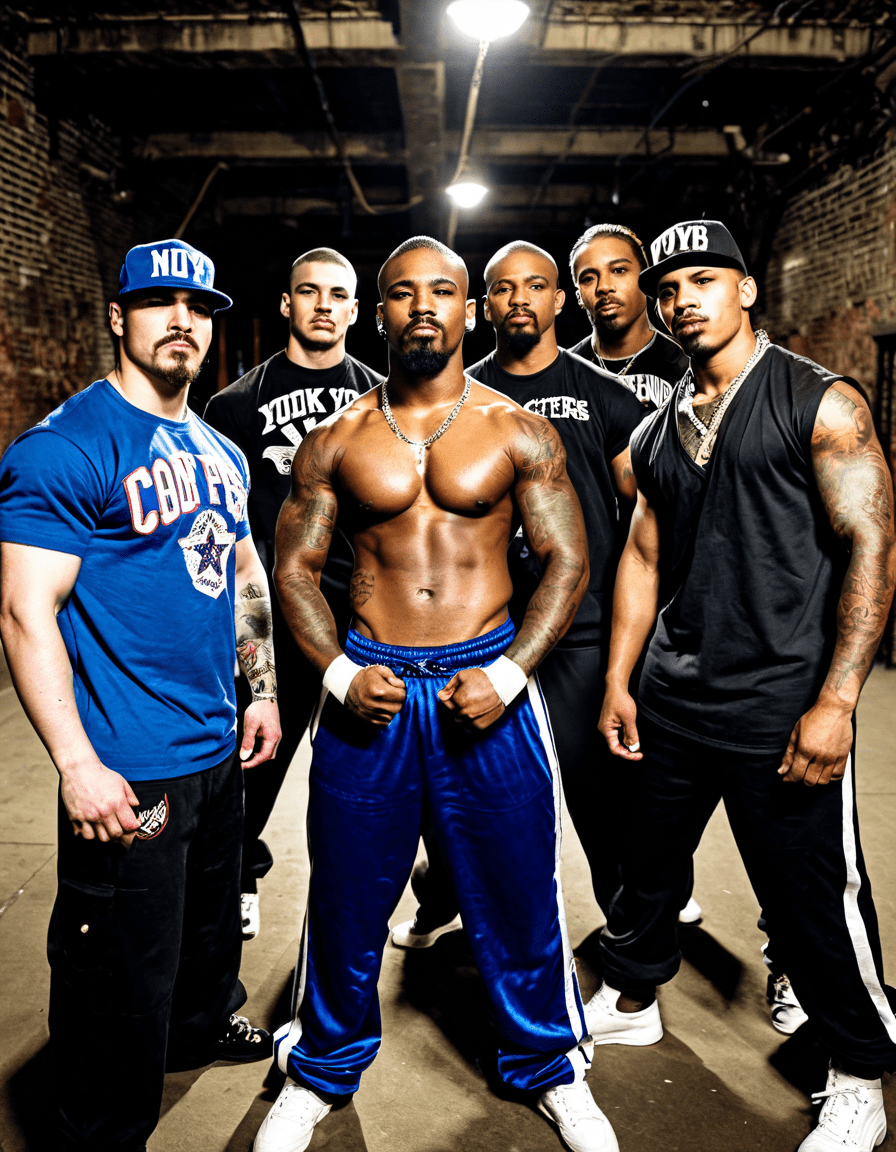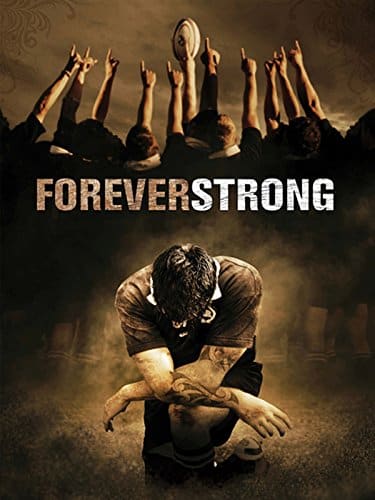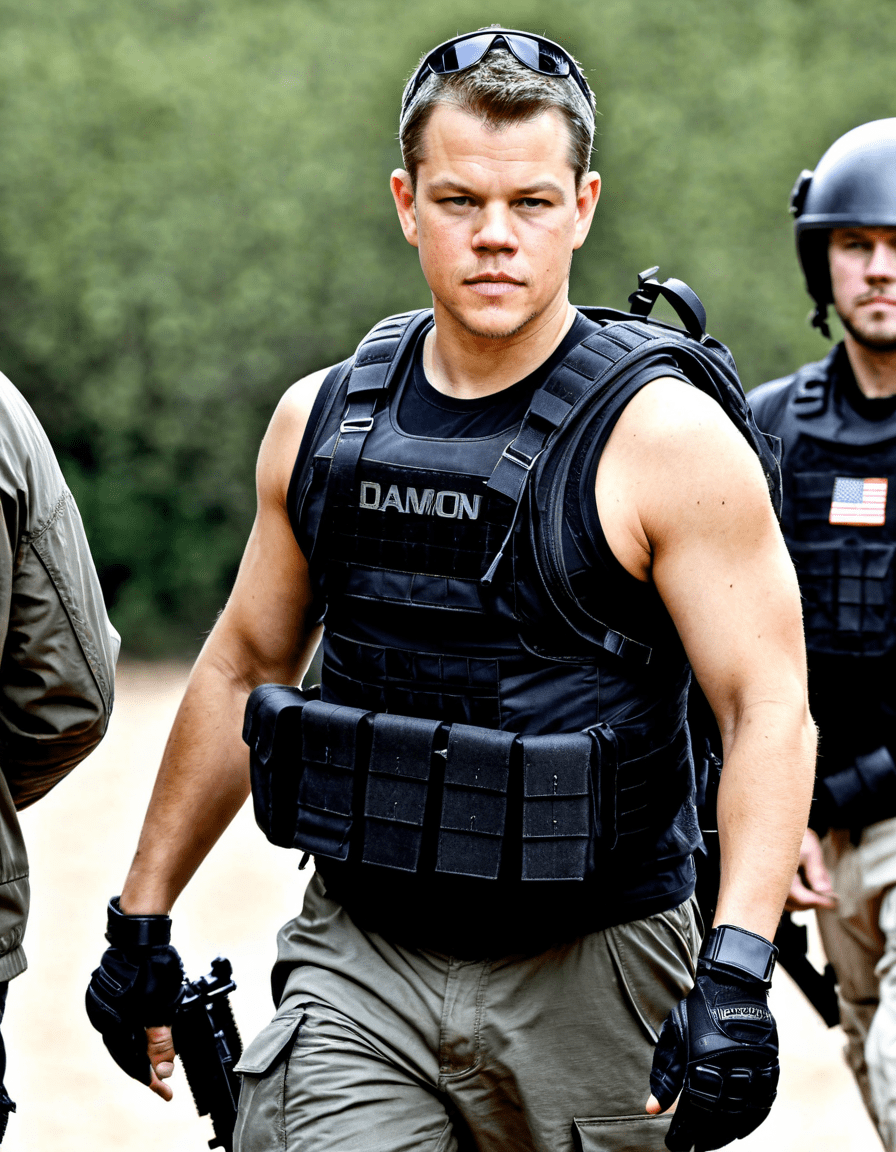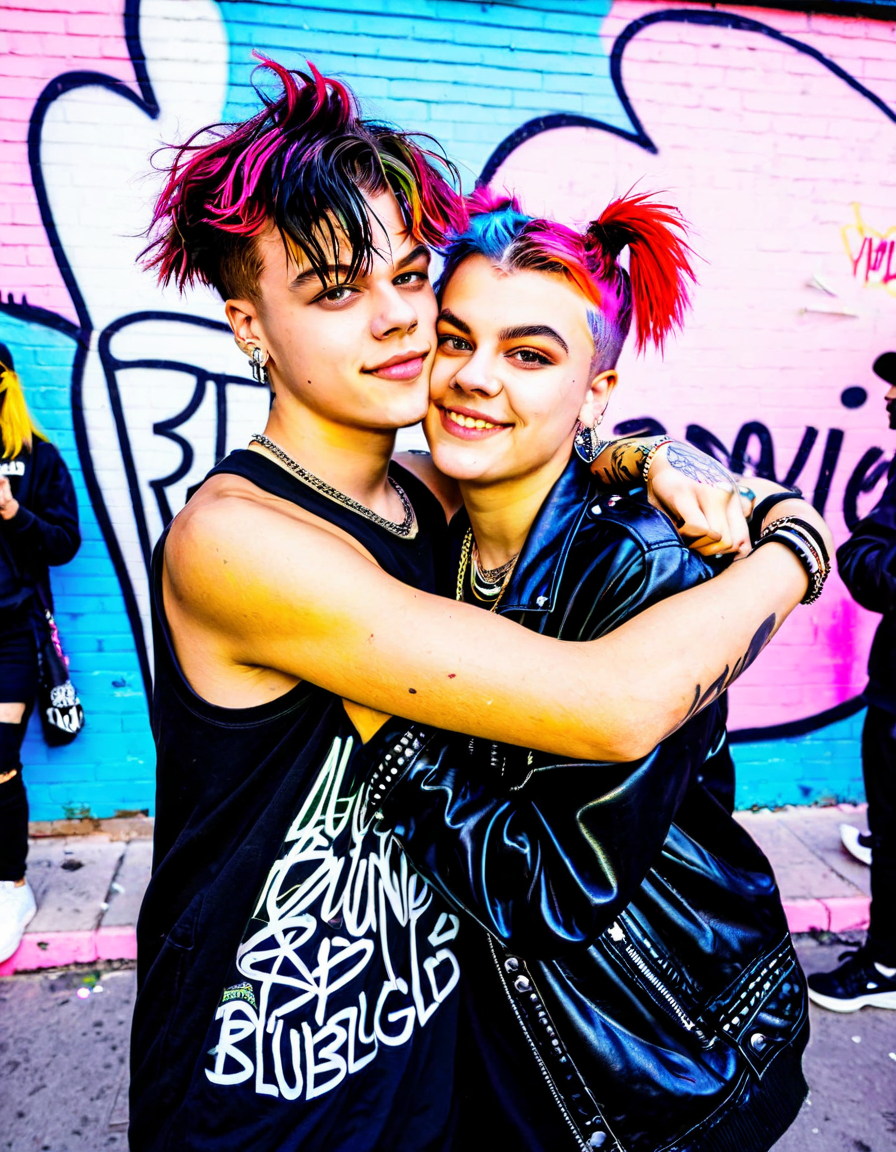The impact of The Hate U Give by Angie Thomas goes way beyond its inspirational pages; it’s transformed how we talk and act about social justice today. This powerful novel dives deep into race relations in America through the eyes of a young girl named Starr, who navigates her reality after witnessing a tragic event. In a society where tensions can spark division, the themes in The Hate You Give fuel change rooted in compassion and mutual understanding. So, let’s dig into the tenets of this book that inspire both change and empathy.
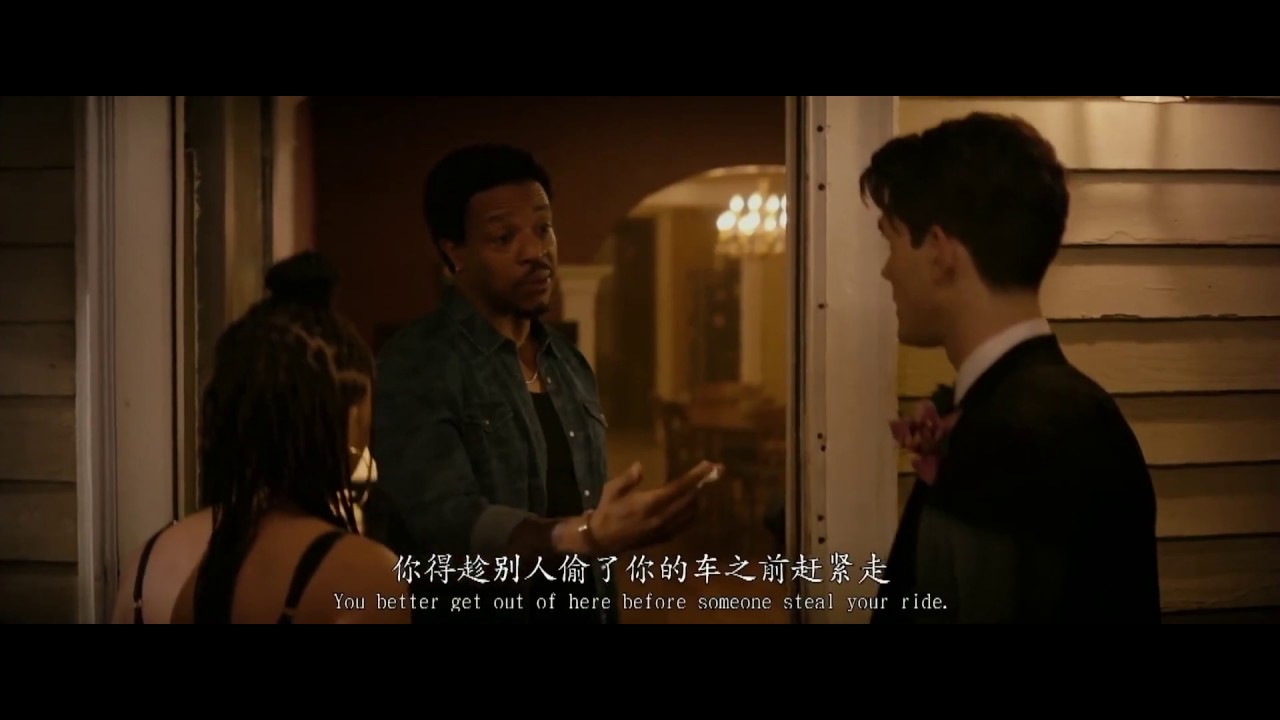
7 Key Lessons from The Hate You Give That Inspire Change and Empathy
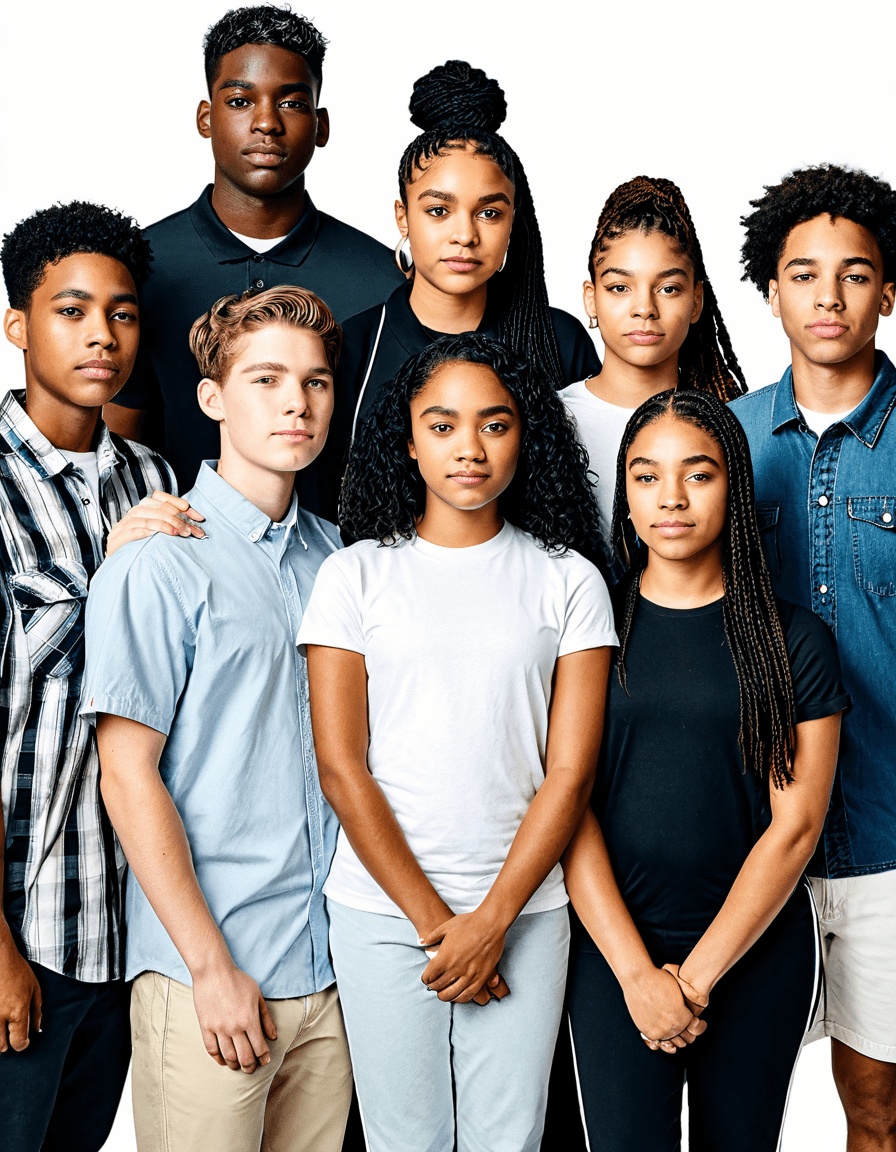
1. Understanding Systemic Racism
The depiction of systemic racism in The Hate You Give hits hard. It makes readers face the uncomfortable truths about policing and inequality. The outrage following the deaths of individuals like George Floyd and Breonna Taylor has ignited movements like Black Lives Matter. This activism emphasizes that we need to dismantle these injustices if we want to move forward.

2. The Power of Voice
Starr’s journey is a tremendous reminder of how important it is to use your voice against adversity. After the book’s release, activists like DeRay Mckesson and Patrisse Cullors have shown that speaking out can inspire national conversations. When we find our voices, we can add significant weight to the fight for justice.
3. Perspective-Taking in Stories
The narrative encourages readers to “watch people die,” in a metaphorical sense, by engaging with others’ lived experiences. This concept finds its parallel in projects like “Humans of New York,” which showcase personal stories that stretch and strengthen empathy. When we take a step back and see the world through someone else’s eyes, we start to understand their realities.
4. Real-World Implications for Youth
The Hate U Give doesn’t just impact adult readers; it resonates deeply with young people as well. Many schools are adopting curricula centered on this novel, sparking discussions that empower students to become change agents. These young activists, armed with knowledge and empathy, are making waves in their communities.
5. The Role of Community
A powerful theme in the book is the idea of community and collective action. Organizations like Color of Change are harnessing community mobilization to push forward policy changes that challenge systemic issues. When communities come together, they can stir a collective strength that many can’t achieve alone.
6. Navigating Identity
Starr’s struggles with her identity resonate strongly in today’s social landscape. Public figures like Amanda Gorman address their identities through their art, proving that self-expression is critical for fostering understanding. When we recognize our own identities, we can better appreciate the experiences of others.
7. Embracing Difficult Conversations
The need for tough discussions about race is crystal clear through Starr’s experiences. Groups like The Kaleidoscope Project create workshops aimed at tackling those hard conversations about race and privilege. By stepping into discomfort, we can unlock the potential for growth and understanding.

The Ongoing Dialogue and Its Importance
The Hate You Give continues to be relevant as new generations discover its themes. The book spurred an evolution in dialogue through social media activism, evidenced by hashtags like #BlackLivesMatter and #SayHerName. These platforms keep the conversation alive about systemic injustices and remind us of those we’ve lost.
Additionally, the film adaptation of The Hate You Give opened up new avenues for discussions. While many haven’t read the book, the movie captures themes of police violence and community response. It resonates with ongoing protests and the demand for accountability, proving the timeliness of these issues.
Reflecting on the lessons from The Hate You Give, it’s clear that literature isn’t just a reflection of society; it’s a powerful tool for change. Starr’s emotional journey goes beyond understanding the struggles of marginalized communities; it pushes us toward action. Empathy can lead to solidarity, inspiring us to create a more compassionate world.
The legacy of action derived from empathy flourishes even amid tragedy and injustice. The discourse surrounding The Hate You Give remains crucial as we continue to work toward a fairer and just society. It inspires us to see our shared humanity and encourages us to step up as change-makers.
Embrace the fight for change. When you lift each other up with understanding and empathy, you get closer to a world where everyone feels valued. Just as in fitness, it’s not just about building muscles; it’s about lifting each other up. Follow the wisdom contained within The Hate You Give, and let it inspire you to elevate those around you.
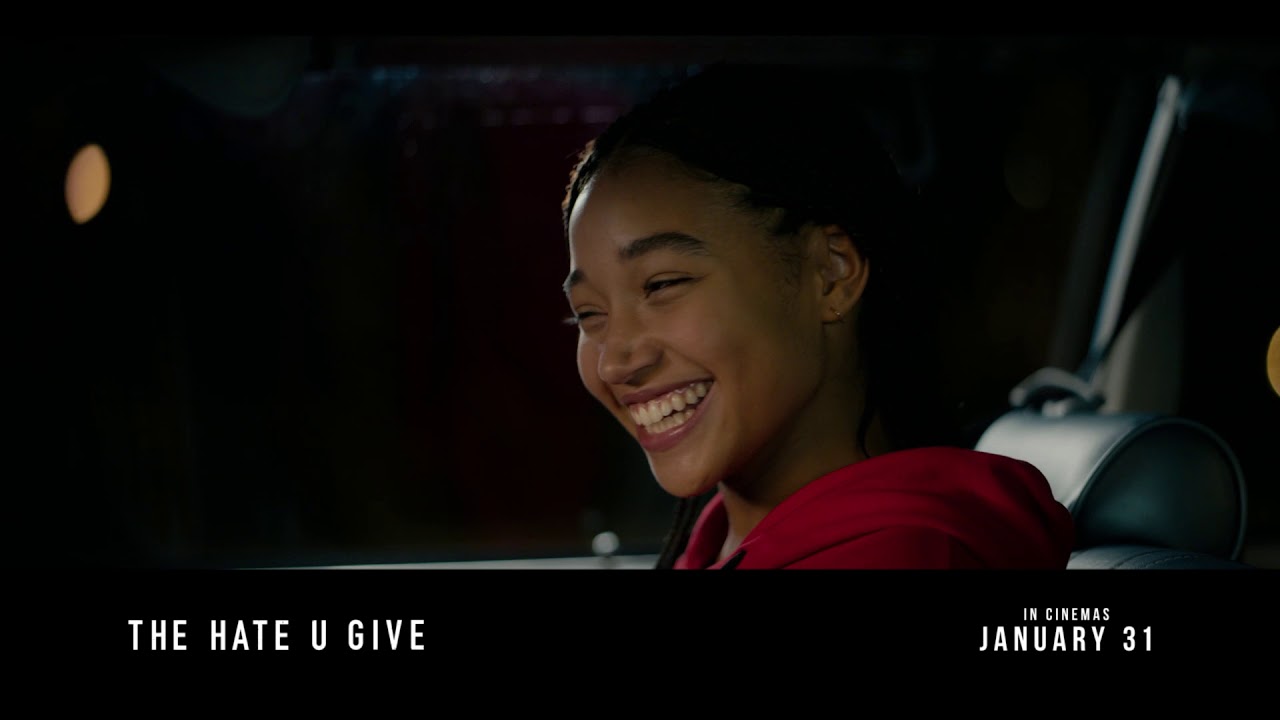
The Hate You Give: Inspiring Change and Empathy Today
The Impact of Storytelling
“The Hate You Give” has made waves since its release, touching hearts and prompting conversations about race relations and social justice. But did you know that the novel, penned by Angie Thomas, was inspired by the Black Lives Matter movement? It reflects real-life events that many can relate to, much like the emotional storytelling you find in shows like RuPaul’s Drag Race. Just as that show celebrates individuality and resilience, Thomas’s work highlights the struggles and hopes of young people facing systemic issues.
As you dive into “The Hate You Give,” keep in mind that its influence extends beyond the page. Communities are rallying around its messages, leading to discussions that can spark real change, similar to how sports events bring people together. If you’re asking yourself, What Nfl Games are on today? just think about how those games can also unite fans, reminding us of the power of community, whether in the stadium or within our neighborhoods.
Lessons from the Characters
The characters in “The Hate You Give” are deeply relatable, showcasing the complexity of living between two worlds. Star, the protagonist, struggles to find her voice amidst chaos and turmoil, much like the athletes in Major League 2, who face their own challenges while navigating their passions. This brings up the idea of resilience; each character mirrors real-life experiences, encouraging readers to empathize with those different from them.
In a world filled with challenges, cultivating empathy can be as crucial as understanding the dangers of common fears, such as brown recluse spider bites; they might not seem life-threatening at first, but their impact can be severe. “The Hate You Give” serves as a reminder that emotional wounds can be just as damaging as physical ones, underscoring the importance of caring for each other. It pushes us to connect with our shared humanity, driving home the fact that our stories matter.
Continuing the Conversation
Interestingly, discussions surrounding “The Hate You Give” are often mirrored in popular media and entertainment. For instance, the enthusiasm surrounding new collections and trends, like the latest black Uggs or the buzz generated by shows like Bring It On, Bring It On, Bring It On, showcases how youth culture influences perceptions and dialogues about identity and belonging. These connections create a diverse tapestry that allows for open conversations about critical issues affecting our communities.
Ultimately, “The Hate You Give” challenges us to be more engaged and empathetic citizens. Whether it’s tuning into the Cbs schedule tonight or keeping abreast of local events, we can all be part of the dialogue that brings awareness and understanding. The book serves not just as a piece of fiction, but as a catalyst for change, encouraging readers to reflect on their roles in shaping a better world for everyone. Remember, just as real estate wholesale can lead you to untapped opportunities, so can your journey through literature pave the way towards empathy and change.



